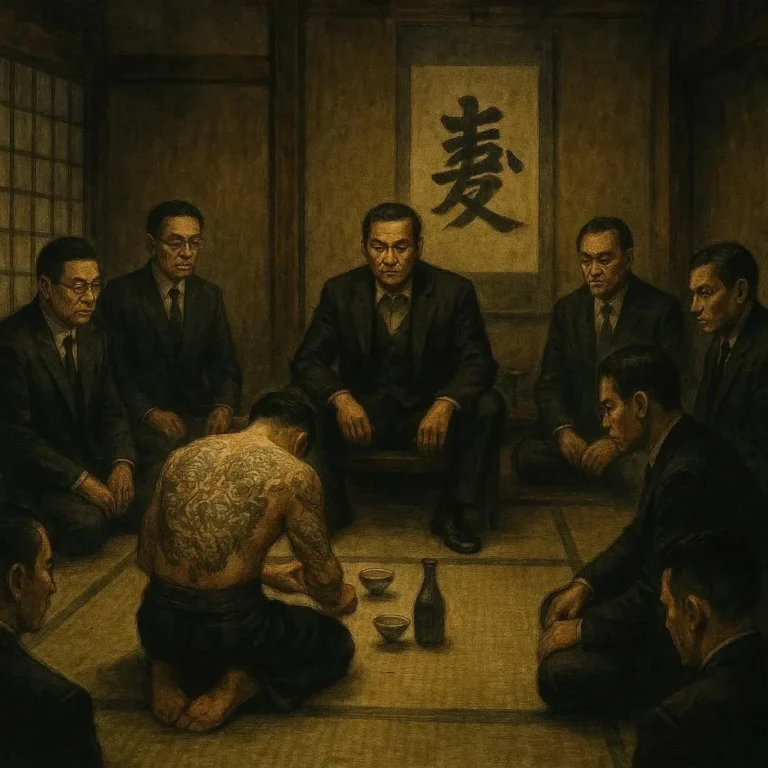508 views The Role of Respect and Politeness in Japanese Society
Introduction
Japanese society is renowned worldwide for its impeccable manners, seamless social harmony, and an unwavering respect for order. These characteristics are not relics of a bygone era but living practices shaped by centuries of cultural evolution. A key question for many travelers, expats, and scholars is: why is respect and politeness woven so tightly into the fabric of Japan? In this post, we’ll explore the roots, everyday manifestations, and modern implications of Japan’s deep‑seated etiquette, highlighting how these values help maintain a stable, interconnected community.
The SEO Lens
For anyone researching Japanese culture online, terms such as “Japanese etiquette,” “respect culture Japan,” and “business politeness” frequently surface. By structuring this article around those popular keywords and adding valuable insights, we aim to rank higher for those seeking a comprehensive understanding of Japan’s social protocols.
1. Historical Roots of Respect in Japan
The predecessor of modern Japan’s politeness can be traced to Shinto and Buddhism—religions that stress harmony, humility, and an interconnectedness between people and nature. These faiths encouraged a collective mindset where individuals acted in consideration of their neighbors.
During the Heian period (794‑1185), class structure was meticulously defined. Courtesy, known as reigi, became a visible marker of status; nobles were expected to use keigo, the honorific form of speech, to signal deference. The Tokugawa shogunate (1603‑1868) further reinforced these values through secular etiquette rules that governed everything from bowing to clothing.
Key Term: Rei—the Japanese concept of “good manners,” rooted in respect for others.
As industrialization accelerated in the Meiji era, Japan adopted Western governance while maintaining its own social systems. This blend of modernization and tradition created a unique culture where respect operates both in face-to-face interactions and in impersonal institutions.
2. Manifestations in Daily Life
Politeness is visible in everyday activities—from greetings to grocery shopping.
2.1. Greeting Culture
- Bowing (
deference) is practiced twice: a short bow for casual greetings and a deep bow for formal meetings. The angle indicates the level of respect. - Handshakes have gradually become accepted in international contexts, yet a bow is still considered the true greeting.
2.2. Gift Giving (Omiyage)
Japan’s gift culture embodies gratitude and thoughtfulness. When returning from a trip, it’s customary to bring a souvenir for significant others in the office or at home. This practice strengthens social bonds and reminds participants of mutual respect.
2.3. Table Manners
When dining, it’s rude to finish a person’s plate or to point chopsticks at someone. The etiquette emphasizes shared harmony; for instance, the phrase, Ishimi no sōbai (「一目の蒸気」) underscores the importance of moderation, less scrolling.
3. The Business Context
Workplaces form a microcosm of societal values; discipline, hierarchy, and respect are all enforced through keigo and hierarchical structures.
- Kanji Letters: Hon‑shō‐tō usage indicates the status of the addressee.
- The “Respect Hierarchy” ensures that a junior employee addresses a senior with the appropriate honorifics.
- Corporate Meetings: The concept of nemawashi (土管) involves thorough groundwork discussion before a final decision; this process values everyone’s input and prevents abrupt disruptions.
3.1. Case Study: Toyota
Toyota’s corporate culture exemplifies kaizen (continuous improvement) plus respect. Employees are empowered to suggest improvements, yet decisions are made through consensus, safeguarding the dignity of all contributors.
4. Education and Upbringing
Children are taught courtesy from a young age. Japanese kindergartens emphasize the practice of shōin (shōin). In the classroom, the phrase Oshi ga arimasu (「押し合い友」) is used to break awkwardness.
- Kindergartens: Every child performs polite actions such as making introductions.
- Middle Schools: The “School Lunch” system teaches sharing and respect through communal eating.
- High Schools: Student Councils practice politeness in leadership.
These early lessons form a foundation that permeates adult life.
5. Cultural Rituals: Religion and Festivals
Shinto shrines demand reverence. Visitors perform chozu rituals—washing hands before approaching the shrine. Every step reflects an internalization of respect.
Festivals (matsuri) often feature communal teamwork, from piloting kigo (霧生) to decorating eki stalls. The entire community demonstrates cohesion and mutual respect.
6. Modern Challenges and Adaptations
6.1. Globalization vs. Tradition
As Japan opens to more international influences—be it through business or tourism—there is a need to balance traditional politeness with global norms. Foreigners might find bows confusing, while corporations adopt Western directness in brief communications.
6.2. Digital Etiquette
The rise of digital communication introduces new norms. Texting or emailing respectfully mirrors verbal communication. For instance, under «ご先輩» etiquette, one includes polite openings even in texts.
6.3. Generational Shifts
The younger generation often challenges rigid hierarchies, favoring collaboration. While politeness remains, subtle changes emerge—more casual speech in friendships, yet public respect is preserved.
7. The Psychological Impact of Respect
Respectful interactions foster psychological safety. In workplace teams, feeling respected leads to higher innovation and lower turnover. In community settings, it reduces conflict and promotes enduring trust.
The Japanese concept of “Harmoni‑S” replicates these benefits. By exchanging small gestures—like a polite nod or a hand‑written note—people cultivate a vibrant, cooperative society.
8. Conclusion
The symbiosis of respect and politeness in Japan maintains social equilibrium from daily interactions to corporate governance. Its historical depth and contemporary relevance create a living culture that commands global admiration. Whether you’re a business traveler, a student, or a curious observer, understanding this culture is key to navigating and succeeding in Japanese society.
Takeaway Checklist
- Remember: A simple bow can say ‘I respect you’ .
- Use: Keigo when addressing senior colleagues.
- Practice: Omiyage culture, especially after a trip.
- Observe: Digital communication etiquette to avoid misinterpretation.
- Value: Social harmony and mutual respect as core Japanese values.
Final thoughts
Cultivating respect in the Japanese context is not merely about polite gestures—it’s about cultivating an environment where unity, clarity, and mutual growth thrive. With this understanding, you’ll not only adapt to life in Japan but appreciate a culture that values people beyond transactions.






